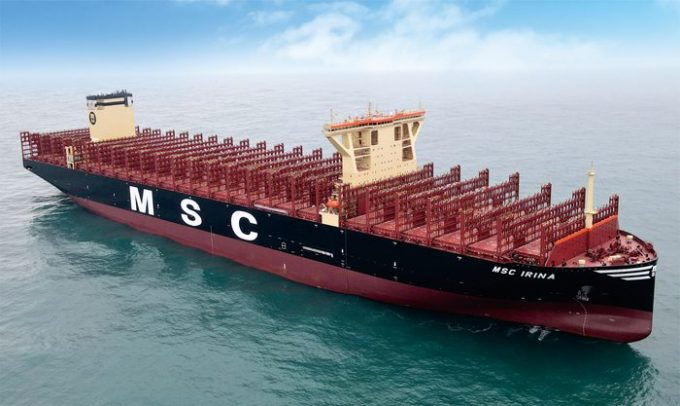Resumption of Suez transits in doubt after return of Red Sea hostilities
Hope for a resumption of Suez Canal transits by container lines were dented over the ...

Despite its green credentials being effectively discredited, MSC’s latest orders and new membership of fossil industry lobby Sea-LNG shows LNG is still going strong.
MSC’s latest order, for ten 10,300 teu LNG-fuelled box ships, means 60 out of the 74-strong MSC newbuild orderbook will be LNG-powered.
Sea-LNG, whose board includes representatives of Total and Shell and membership consists of at least 14 fossil fuel and petrochemical companies, welcomed MSC into its ranks this month.
“MSC’s decision to work with our coalition of companies ...
Volcanic disruption at Anchorage could hit transpacific airfreight operations
Shippers snap up airfreight capacity to US ahead of tariff deadline
Forwarders stay cool as US 'liberation day' tariffs threaten 'global trade war'
New price hikes may slow ocean spot rate slide – but for how long?
Tighter EU import requirements proving 'a challenge' for forwarders
Supply chain delays expected after earthquake hits Myanmar
Looming Trump tariffs will create 'a bureaucratic monster' for Customs

Comment on this article